Beautiful planting method of Platycodon grandiflorum
That Platycodon grandiflorum, ah, colorful flowers, ah, high ornamental value, ah, I strongly suggest friends to take advantage of autumn to sow a pot ~ and! Today, we will also introduce the super-detailed planting method of Platycodon grandiflorum. Don't miss it when you pass by! (Peasant-Lee)
Introduction of Platycodon grandiflorum:
Platycodon grandiflorum, native to the limestone belt between the southern United States and Mexico, is 30-100 cm tall. Flowers and colors are rich, there are monochrome and complex color, petals single and double petals. Platycodon grandiflorum is one of the most popular potted and cut flowers in the world because of its light and slow plant state, elegant and lively color and unique and lovely flower shape.
The growth of Platycodon grandiflorum can be divided into three stages: seedling stage, transplanting stage and flowering stage. Platycodon grandiflorum is native to Texas, Colorado, Arizona and Mexico. Although it is found in the desert, it is not a real desert plant, so there is a high demand for water.
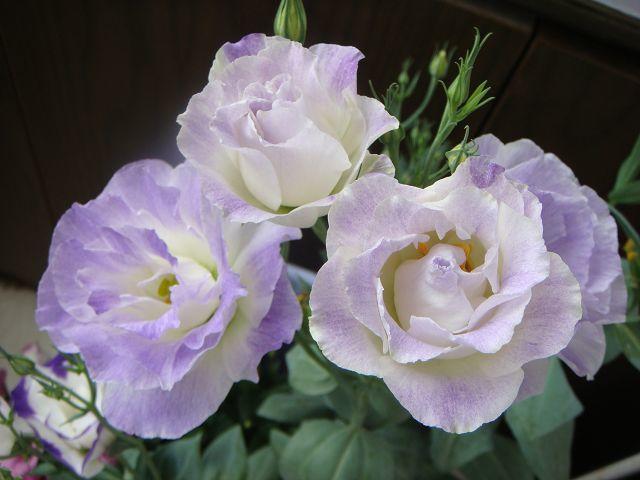
I. Seedling stage
Variety selection: Platycodon grandiflorum can be divided into early, middle and early, middle and late varieties according to different varieties, and generally divided into early, middle and late varieties if not strictly required. The suitable cultivation period of early variety is March, August and September, the suitable cultivation period of mesophytic variety is March, July and August, the suitable cultivation period of late variety is from March to July, and the seedling stage is usually two months. therefore, sowing should be selected about two months in advance according to different varieties.
It is best to disinfect the substrate before sowing to avoid the occurrence of diseases and insect pests. The soil pH should be kept at 6-6.5 to promote the absorption of Ca. Wet the substrate before sowing, do not cover it after sowing, keep the light, and pay attention to keep the substrate moist at the seedling stage. The substrate temperature is kept at about 20-24 degrees to promote germination.
The above is for the cultivation of transplanting seedlings, if direct seeding can be adapted appropriately, in the cultivation of Platycodon grandiflorum, the root system is the most critical, so it is best to use a deeper second plate sowing to promote root growth, transplanting in the later stage to avoid root damage.
Seedlings usually emerge two weeks after sowing. After the seedlings began to appear, moved to a better ventilated position, the temperature was appropriately lower (15-20 degrees), and 100~150ppm nitrogen fertilizer could be applied. The key to this period is that the temperature should not exceed 25 degrees during the day and not less than 5 degrees at night, in order to prevent the rosette (the rosette is a normal physiological reaction of Platycodon grandiflorum in order to avoid adverse conditions and low light, generally showing that the main growth point stops developing, the plant grows into clusters, and cannot branch and blossom normally). During this period, the growth of seedlings is slow, we should pay attention to the temperature and humidity is not too high, in order to prevent the excessive growth of seedlings and the occurrence of diseases, at the same time the light intensity should not be too low.
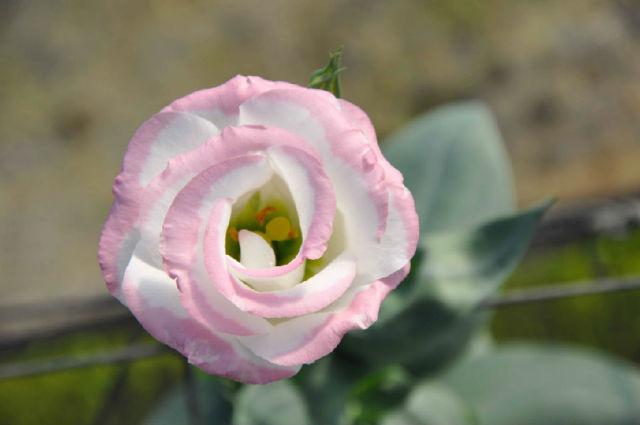
II. Growth stage
Seedlings can be transplanted when they have two pairs of true leaves (4 true leaves). Be careful not to hurt the roots when transplanting. When it comes to home gardening, there is generally no continuous cropping barrier, so be careful not to use too old pot soil. Do not plant too deep when transplanting to avoid the occurrence of stem rot. During cultivation, the soil temperature should be maintained at 13-23 degrees, and it should be watered thoroughly after transplanting, but be careful not to water too much in the later stage. Just keep the soil moist. Generally, the ratio of watering on sunny days is: morning: day: night is 2:2:1.
Platycodon grandiflorum grows faster under the condition of high temperature and long sunshine. In order to make each plant blossom more, usually after the slow seedling, the plant is topped when the two pairs of true leaves are relatively large, in order to promote it to produce more branches, one plant per pot is recommended. Potted plants should pay attention to the amount and frequency of watering, Platycodon grandiflorum demand for water is too large, but too high humidity can easily lead to root damage, but also easy to lead to the occurrence of gray mold, so according to climate and temperature and so on.
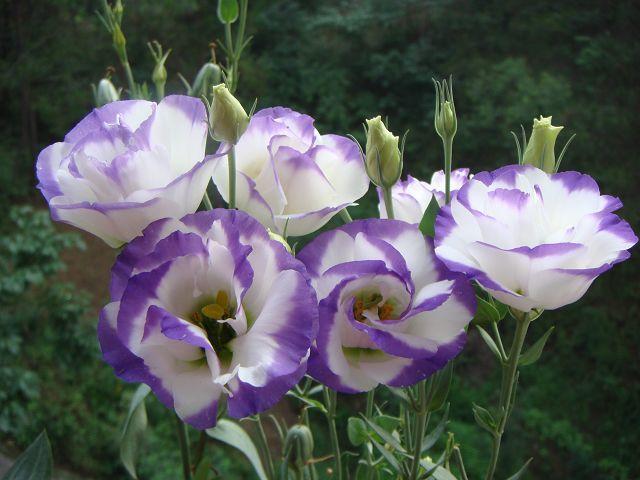
At the beginning of flower bud differentiation, watering should be reduced gradually to avoid overgrowth of plants. Be careful not to suddenly reduce watering at high temperatures. Platycodon grandiflorum does not need much fertilizer for its growth, so it can be irrigated with Merlot flower type.
Generally speaking, higher temperature and long sunshine can promote plant flowering, while too much water and fertilizer will delay flowering. Some people may like to blossom early, but early flowering means insufficient vegetative growth, short plants and fewer buds. Therefore, in order to avoid early flowering, buds that differentiate prematurely can be knocked off. Plants can also be promoted to be healthy through short-day exposure and cooling treatment. Note that short-day treatment generally before flower bud differentiation, generally more than 8 hours for flower bud differentiation, so it can be shaded after 5 pm.
A key problem is that after Platycodon grandiflorum blossoms, if the nutrition consumption is not serious, you can also carry out two-crop cultivation. If you are willing to, you can, like a cut flower, harvest from above the second pair of true leaves after flowering, and carry out good water and fertilizer management. after three months, it can also produce the same beautiful flowers, this method is not very suitable for early varieties.
After transplanting, pay attention to the temperature is not too low, it is recommended not to be lower than 17 degrees. Low temperature, dryness, lack of light and excessive nitrogen fertilizer are easy to cause bud abortion.
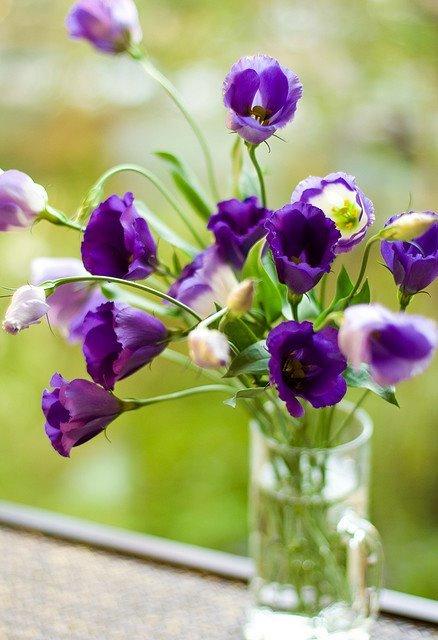
Apart from diseases and insect pests, there are several issues that need to be paid attention to:
1. If the plant rosette is in the process of cultivation, gibberellin can be sprayed properly, and the concentration should not be too high.
2. Platycodon grandiflorum is sensitive to fungicides, so the concentration of Platycodon grandiflorum should not be too high to avoid drug damage.
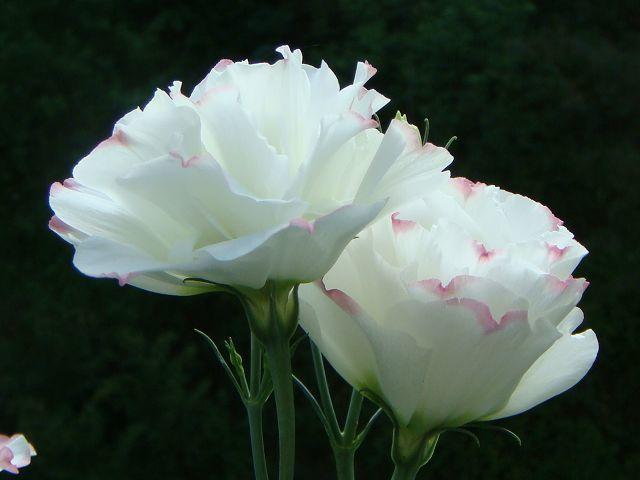
Guobang (WeChat account: shuiguobangv)
Introduce all kinds of potted techniques such as fruits and flowers, as well as all kinds of household ideas.
Grassroots platform (WeChat account: cg00200)
The grassroots world, the grassroots of the world, brings you all kinds of eye-opening grassroots information every day.
- Prev
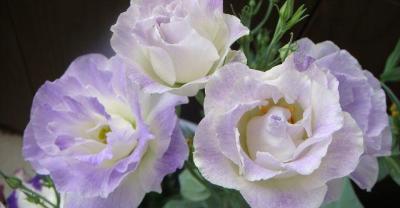
Planting cabbage on the balcony is convenient and fresh!
When it comes to cabbage, we should be no stranger to it. It is grown in all parts of our country. Chinese cabbage is a vegetable rich in minerals and vitamins, and it is also a human being.
- Next
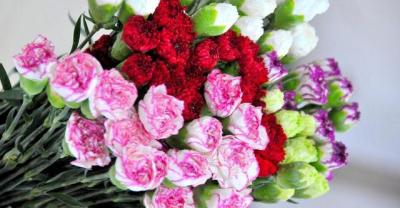
Planting method of potted red maple
Red maple is a variety of Acer maple, more varieties, its beautiful leaves, palm-shaped 5-7 cracks, red lasting, neat branches, clear hierarchy, light and unrestrained tree posture.
Related
- Fuxing push coffee new agricultural production and marketing class: lack of small-scale processing plants
- Jujube rice field leisure farm deep ploughing Yilan for five years to create a space for organic food and play
- Nongyu Farm-A trial of organic papaya for brave women with advanced technology
- Four points for attention in the prevention and control of diseases and insect pests of edible fungi
- How to add nutrient solution to Edible Fungi
- Is there any good way to control edible fungus mites?
- Open Inoculation Technology of Edible Fungi
- Is there any clever way to use fertilizer for edible fungus in winter?
- What agents are used to kill the pathogens of edible fungi in the mushroom shed?
- Rapid drying of Edible Fungi

